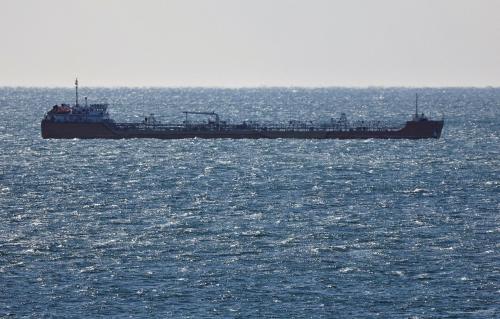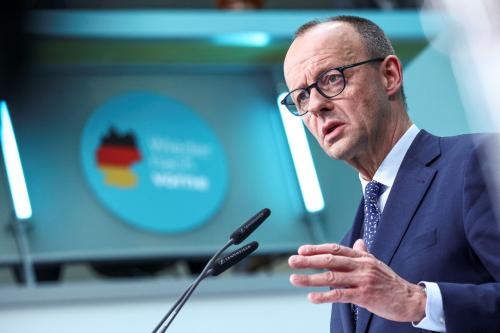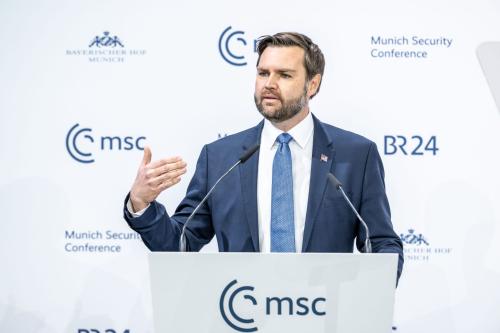“The Europe we have today is the worst possible Europe, apart from all the other Europes that have been tried from time to time.”
– Historian Timothy Garton Ash paraphrasing Winston Churchill
With almost clockwork precision, Europe has torn itself apart in violent, usually barbaric paroxysms of self-destruction every 30-50 years for at least the past 1000 years. The last such example of self-annihilation was the Second World War, from 1939-1945. Historians debate whether it was the worst of all these episodes, but we do know that over 50 million people died and, as its name implies, it affected the world.
As the Second World War was ending, the leaders of the dominant world powers at the time, as well as the leaders of some of the core states of Western Europe, sought to reverse the tide of history which, after innumerable examples lasting over hundreds of years, they finally realized represented an untenable “normal.” They sought to create a “new normal.”
Within Europe, the three small countries who had the longest history of working closely together, Belgium, Luxembourg and the Netherlands – Benelux – were the core of the European Coal and Steel Community (ECSC). Under the leadership of a few visionary Europeans, notably the Luxembourg-born, Christian Democratic French statesman Robert Schuman, the French political economist Jean Monnet, Germany’s first post WWII Chancellor Konrad Adenauer, the Italian Prime Minister who survived the first eight post-WWII Italian governments, Alcide de Gasperi, and arguably Belgium’s most influential statesman ever, Paul-Henri Spaak, the ECSC evolved in to the European Common Market (EEC) which then grew in to the 27-member European Union and the Euro common currency zone.
On a global scale, there was a similar attempt to create organizations that would prevent the horrors and chaos of the meltdown of civilization. This attempt was primarily focused on the meeting of the 730 delegates from the 44 allied nations that gathered at the Mt. Washington Lodge in Bretton Woods New Hampshire from July 1-22, 1944.
Out of that meeting was born what has come to be known as the Bretton Woods System. At its center was creation of a few, key institutions – the International Monetary Fund (IMF) the International Bank for Reconstruction and Development (today, the World Bank). The idea was – and remains – that these institutions would bind most of the nations of the world together in institutions that would be an insurance policy against future calamities like the Second World War, and that would also help advance developing countries to create a less disparate, and thus less likely to fray, peaceful, prosperous world.
The historic vote in the UK to leave the EU, is nothing short of the beginning of the end of these institutional frameworks that have by and large, created the longest and most prosperous period of sustained peace in modern human history. To be sure, there have been countless horrific wars and even genocides, all over the world, since 1945. But few would argue that they approach the mass scale of either the First or Second World Wars.
Many commentators have said we are entering uncharted territory. But actually, this isn’t really uncharted territory at all. It is the “natural state of Europe” in the 1000 years up to 1945. It is a pattern in which great wealth, culture, art and prosperity are regularly nurtured, and then violently ended in regular paroxysms of self-destruction.
The whole world, not just the members of the EU, is well advised to remember the words of the Spanish philosopher George Santayana, “those who fail to learn from history are doomed to repeat it.” It is important to remember these words today, and for all of us to do what we can in our own ways, to prevent the past from repeating itself yet again.
The Brookings Institution is committed to quality, independence, and impact.
We are supported by a diverse array of funders. In line with our values and policies, each Brookings publication represents the sole views of its author(s).



Commentary
Brexit and the lessons of history
June 27, 2016